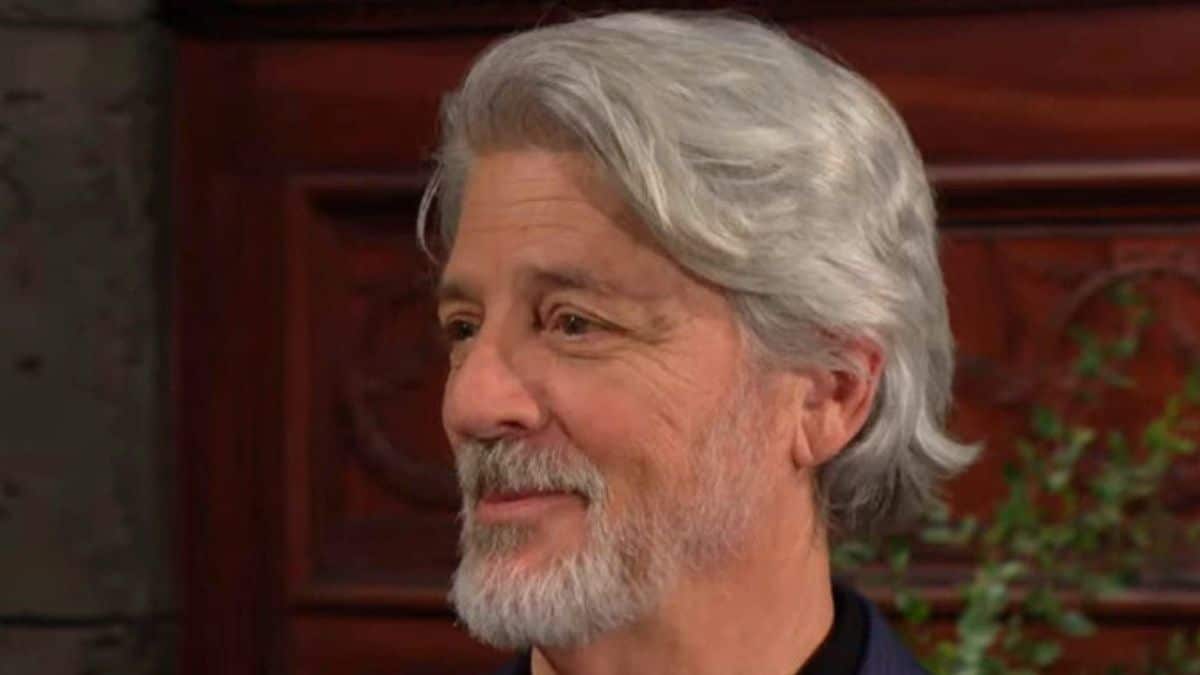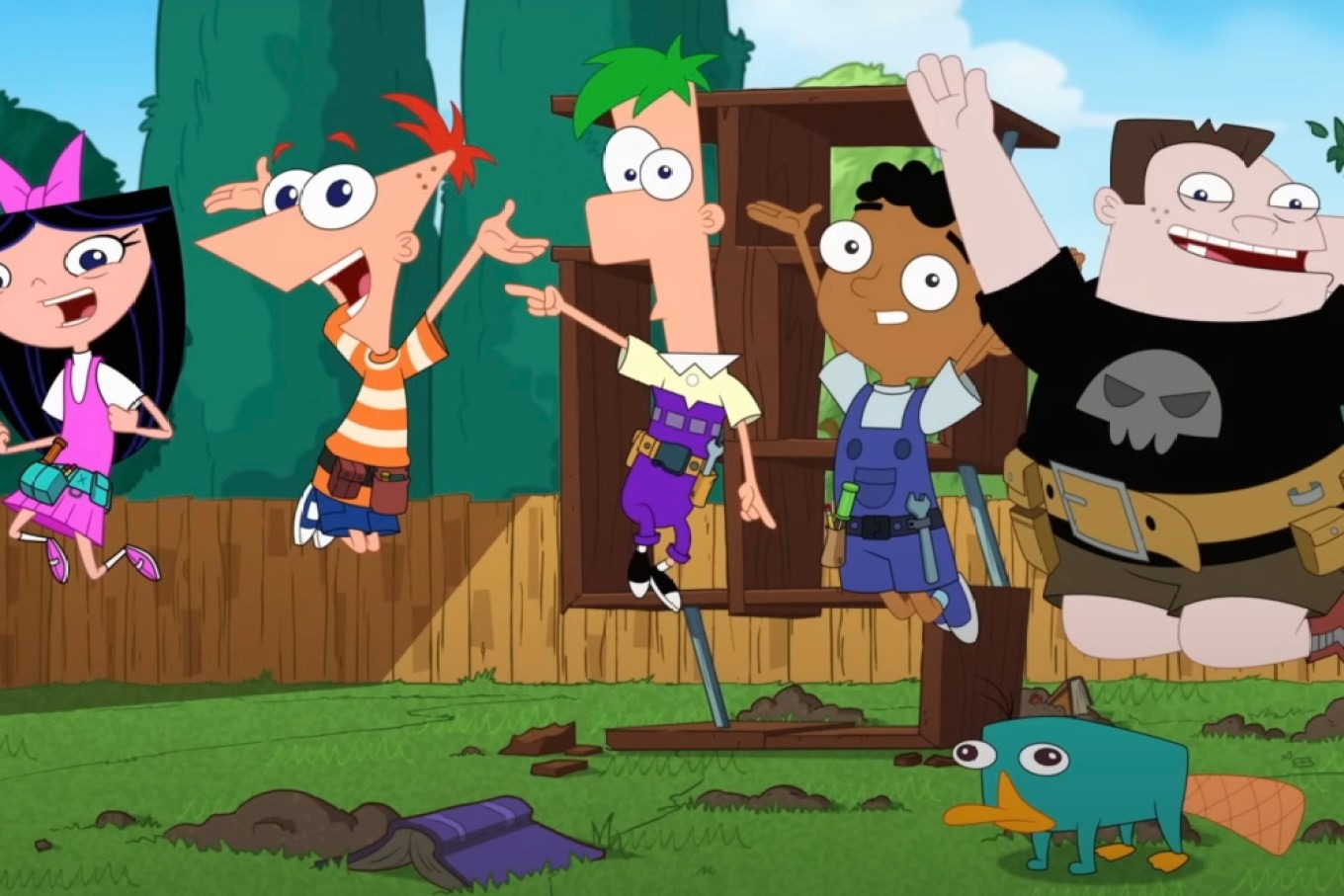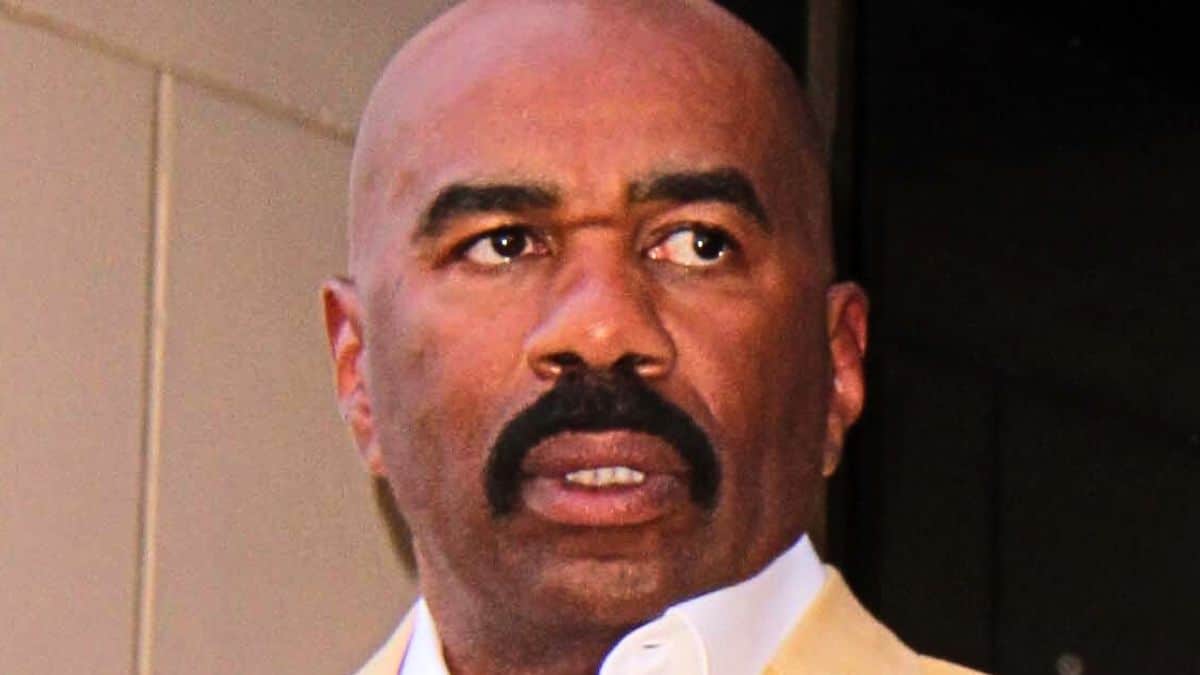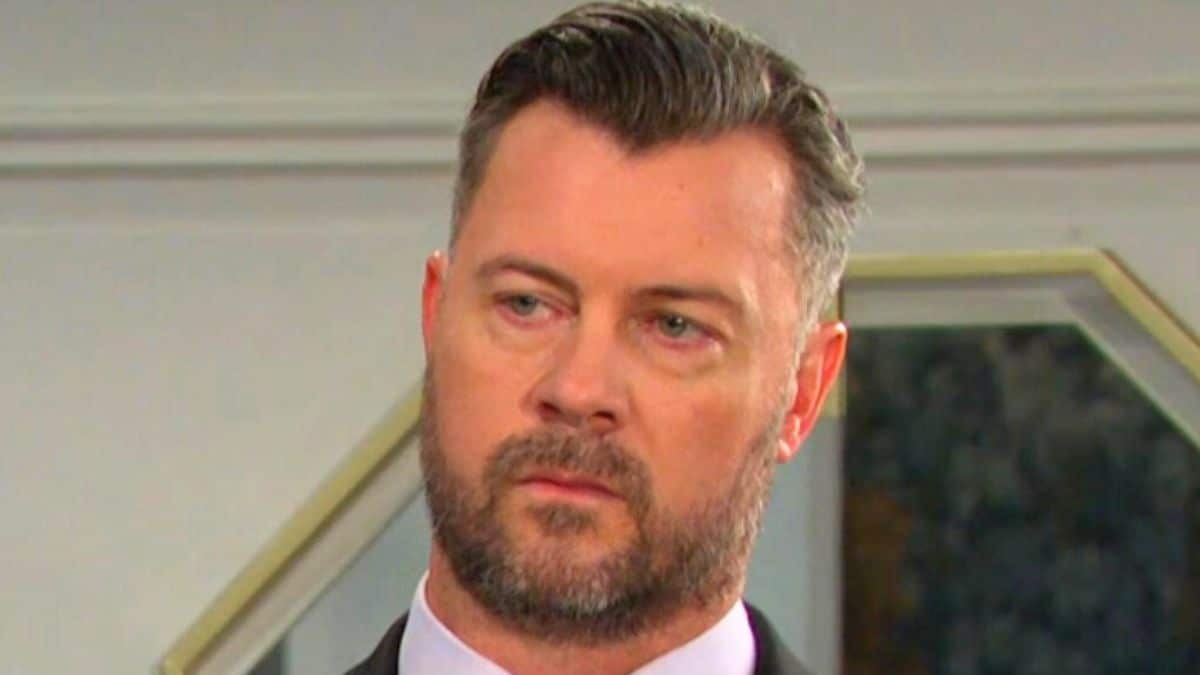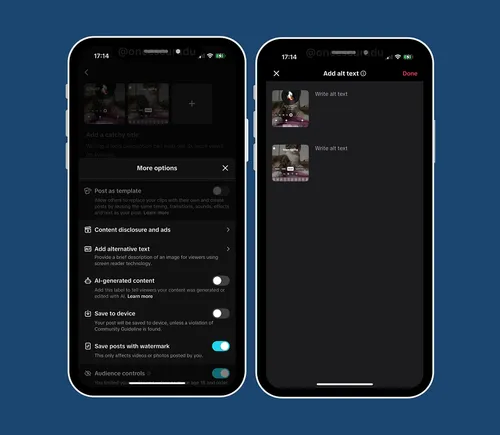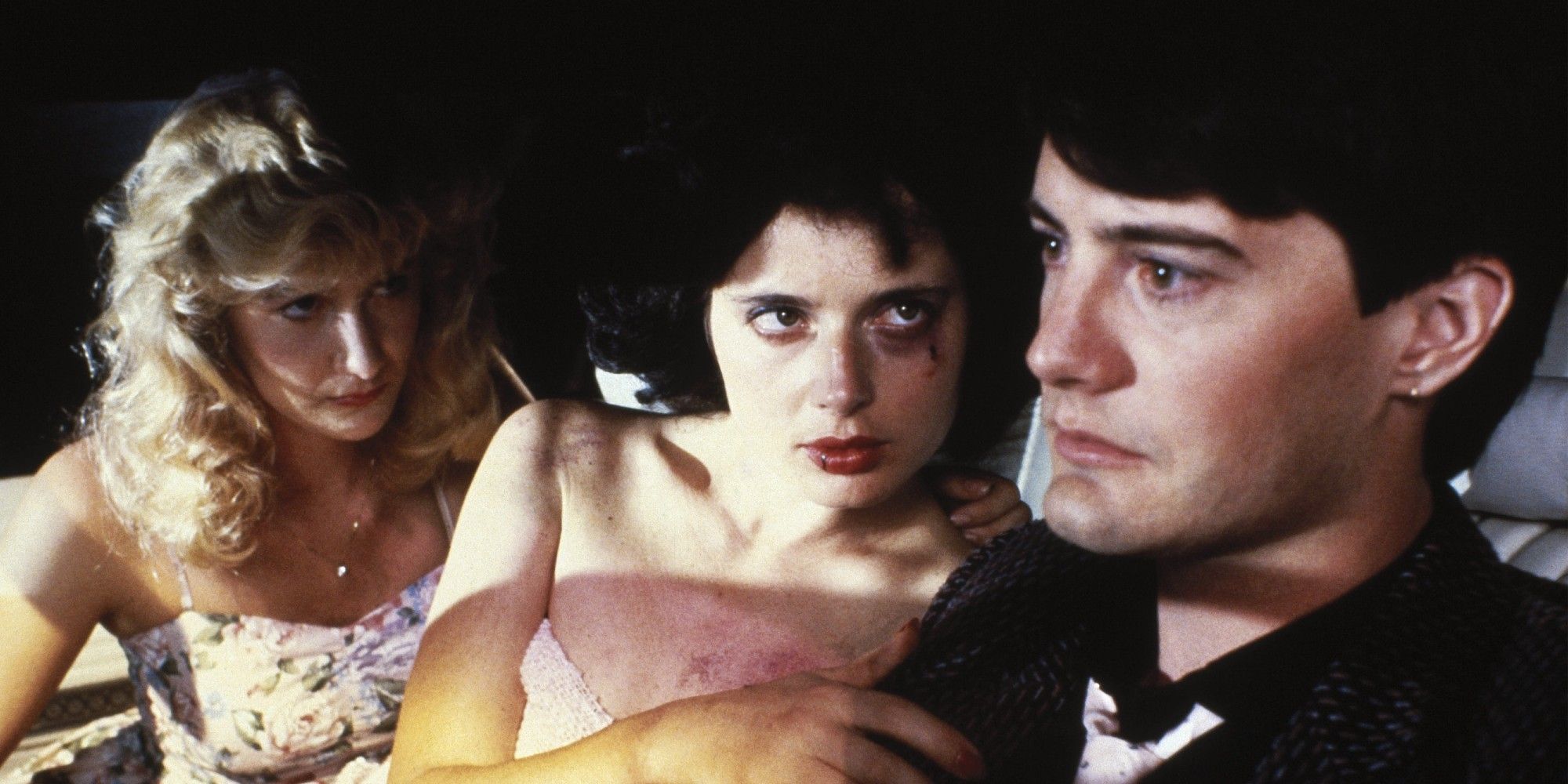David Lynch is keeping busy these days. After all, he’s been regularly uploading those YouTube videos where he talks about each day’s weather, which are utterly delightful. Plus, he occasionally shows up in small acting roles in movies ranging from Lucky to The Fabelmans. What he isn’t doing is directing or writing new feature-length projects, though that’s not necessarily a bad thing. An artist of Lynch’s caliber should be creating new things when inspiration strikes rather than trying to hit a quota of how many motion pictures he should work on per year.
However, just because there aren’t any new David Lynch directorial efforts inhabiting arthouse theaters right now doesn’t mean this filmmaker has totally abandoned efforts to get fresh creative visions off the ground. Specifically, Lynch has harbored a passion for a screenplay called Antelope Don’t Run No More that has never become a fully realized movie. Though it’s frustrating to realize there’s material for a new Lynch feature that simply can’t get financing or studio support, it’s also, unfortunately, not a surprising status quo. In other words, it’s a development unworthy of one of Lynch’s energetic deliveries of “if you can believe it!”
David Lynch Movies Have Historically Struggled To Get Financed
David Lynch movies have never been easy to finance. Titles like Blue Velvet and Wild at Heart had to be financed and distributed outside of the traditional studio system, while Inland Empire was distributed by an obscure outfit known as 518 Media (which only released one other movie in its blink-and-miss-it existence). Though his works are now regarded as trailblazing masterpieces, they’re often initially seen as needlessly strange and subversive by studio executives yearning for easily marketable fare to put into theaters. This makes it extremely difficult for Lynch to secure necessary financing and distribution for his works.
This is a problem that’s only gotten worse with time as the film industry has consolidated into fewer and fewer studios and those companies turn to a strategy of relying exclusively on tentpoles. Back in 1999, Disney acquired distribution rights for Lynch’s The Straight Story after a rapturous Cannes Film Festival premiere. It’s impossible to imagine that happening today. All of this is to say that Lynch films were always struggling to get financing and those problems haven’t vanished despite his now legendary reputation in the film industry. On the contrary, in many ways, there are even fewer outlets for him to get money or theatrical distribution.
In an age where Nancy Meyers can’t get a new film financed or released, it’s no surprise that the incredibly offbeat creative vision of David Lynch is a tough pill to swallow for studio executives used to green-lighting movies rooted in Transformers and Shazam! lore. The more things change, the more they stay the same, and the modern unwillingness from studio executives to provide Lynch the tools he needs to release Antelope Don’t Run No More is an exacerbated version of wariness that’s always gripped this industry. It’s clear why this movie isn’t happening…but what’s less obvious is what it’s actually about.
What Is ‘Antelope Don’t Run No More’ About?
In the pages of David Lynch’s memoir Room to Dream, a few scarce details of Antelope Don’t Run No More are revealed, including the fact that it’s set in Los Angeles. As the book itself notes, this would make the movie a spiritual successor to earlier Lynch efforts like Mulholland Drive and Inland Empire, both of which were set in this city. From there, the book only reveals that Antelope Don’t Run No More would’ve involved everything from a musician going by the name of Pinky and otherworldly visitors. Oh, and that title might have been more literal than one might expect given that Lynch’s script for the project involves animals that are capable of speaking.
Any other details about the movie are unknown, which isn’t a shock. Lynch has apparently shown the script only to close confidantes, who are unlikely to spill the beans on Antelope’s various secrets on social media. Plus, a screenplay for a Lynch movie can’t hope to convey all the visual accomplishments of a finished feature from this auteur. Lynch’s works rely so heavily on eerie imagery built on specific styles of lighting, composition, and other elements that really can’t be communicated properly in a script. To see a Lynch film is to believe it. The script for Antelope Don’t Run No More could give an idea about the themes and bizarre visuals Lynch wanted to explore, but it couldn’t hope to give a concrete idea of what the final product would entail.
For a moment, though, it looked like Lynch’s script might end up getting released after all. The savior in this situation was Netflix, which was rumored to be working with Lynch on a new project in 2018. This was a momentous year for the streamer and its relationship to original films, as Martin Scorsese’s The Irishman was in post-production, the studio had just acquired distribution rights to Alfonso Cuaron’s Roma, and the final Orson Welles movie, The Other Side of the Wind, was preparing to make its Netflix premiere that November. In an effort to be seen as a genuine film studio, Netflix was making inroads with beloved auteurs and getting long-simmering passion projects off the ground. Working on a new David Lynch movie seemed to be the next logical step in this mission.
‘Antelope Don’t Run No More’ Is Stuck in Limbo
However, this brief rumor never panned out into anything substantial and it’s never been clear if there were ever any concrete conversations between David Lynch and the streamer about taking on Antelope Don’t Run No More. In the years that followed, the chances of Netflix taking on the financial risk of such an avant-garde movie had only dwindled and dwindled and now look nonexistent. Netflix is tightening its belt on the kinds of movies it produces, with the company focusing on mainstream-friendly genre movies and eschewing costly auteur projects like White Noise or Blonde. Antelope Don’t Run No More would’ve fit in perfectly with a previous era of Netflix cinema, but nowadays, it would stick out like a sore thumb in the studio’s plans.
With that, there’s been no movement on this particular Lynch script. Even with renewed interest in Lynch projects like Twin Peaks by younger audience members in recent years, there’s been no sign that any studio would be willing to tackle this project. The extremely heightened material suggested by just descriptions of the script (namely those aliens and chatty critters) indicates that Antelope Don’t Run No More would probably require enough visual effects to necessitate costs greater than the $15 million budget of Mulholland Drive. That kind of money is incredibly hard to come by in the modern film industry, especially since it’s not like Lynch’s final product could easily be packaged and marketed like a conventional Blumhouse horror film or some other accessible genre film.
The book, sadly, appears to be closed on Antelope Don’t Run No More for now. However, who knows what the future may bring? Perhaps someday Lynch will stumble into the money necessary to fully realize this wacky vision and audiences can finally experience a script that’s generated so much hype for several years now. The world could always use more of Lynch and his works that challenge the very core of what cinema can look like…especially when that cinema has a title as evocative as Antelope Don’t Run No More.











































